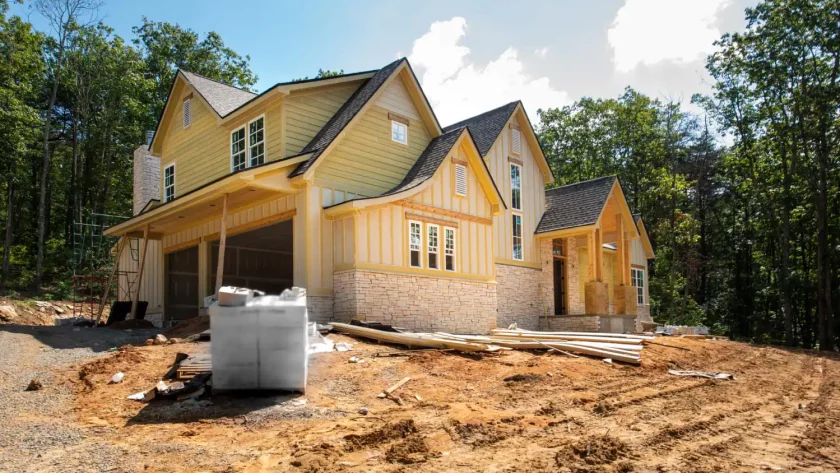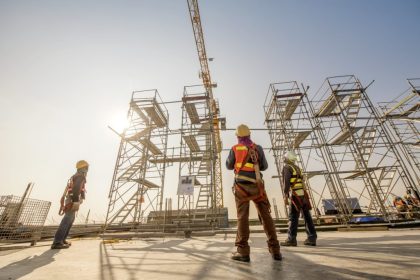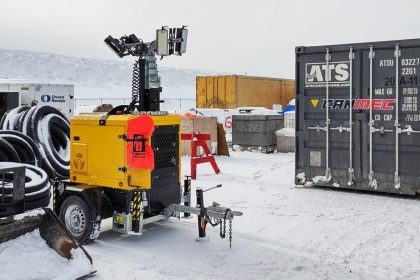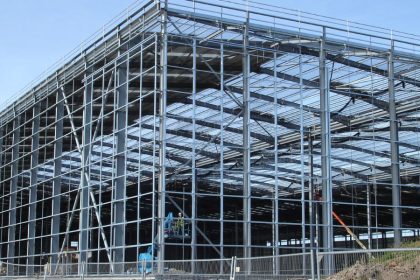Embarking on a new concrete installation project requires more than just selecting the right materials and planning the design. It’s crucial to understand the legal and regulatory framework that governs such projects. This comprehensive guide delves into the necessity of obtaining permits and approvals before initiating your concrete installation, highlighting the factors that influence these requirements and offering a step-by-step approach to navigate the process efficiently.
Understanding the Importance of Permits and Approvals
Securing permits and approvals is not just a formality; it’s a fundamental step that ensures your project is safe, compliant with local building codes, and environmentally responsible. These regulatory measures serve to:
- Guarantee Safety: Ensuring that your project adheres to established safety standards to protect both the constructors and the end-users.
- Ensure Legal Compliance: Aligning your project with local zoning laws and building codes to avoid legal complications or penalties.
- Protect the Environment: Evaluating the project’s environmental impact, especially in sensitive areas, to maintain ecological balance.
Factors Determining the Need for Permits
The requirement for permits can be influenced by various aspects of your project, including:
- Size and Scope: Smaller, less invasive projects may not require permits, whereas larger undertakings typically do. The threshold between small and large projects varies, necessitating a check with your local regulatory body.
- Location and Zoning: The project’s location plays a significant role, with different regulations applying to residential, commercial, and specially zoned areas like historic districts.
- Impact on Existing Infrastructure: Any project that could potentially interfere with existing structures or utilities needs careful consideration and possibly, specific permits.
Navigating the Permit and Approval Process
- Research: Begin with comprehensive research. Contact your local building department for information specific to your project, including any online resources they may offer.
- Documentation Preparation: Prepare detailed project documentation, including plans, blueprints, and a clear project description, to support your permit application.
- Application Submission: Submit your application along with the necessary documentation and any application fees. Be prepared for a review period and possible requests for additional information.
- Permit Issuance: Once approved, you’ll receive your permit, detailing any conditions or required inspections to ensure ongoing compliance throughout the project.
- Adherence and Inspections: Follow the approved plans meticulously. Scheduled inspections may be required at various stages to verify compliance with the permit conditions.
Why Understanding Local Regulations is Key
The intricacies of local regulations can significantly impact your new concrete installation project. Familiarity with these rules not only facilitates a smoother approval process but also helps in planning your project timeline and budget more accurately. It mitigates the risk of project delays, additional costs, or the need to redo work that does not comply with legal standards.
Conclusion
The journey to completing a successful new concrete installation project is paved with careful planning and adherence to local building codes and regulations. Obtaining the necessary permits and approvals is a critical step that ensures your project is built on a solid foundation of safety, legality, and environmental consciousness. By investing the time to navigate this process thoughtfully, you can avoid potential setbacks and ensure that your project meets all required standards. This guide aims to empower you with the knowledge and steps needed to tackle the regulatory aspects of your project confidently, paving the way for a successful and compliant installation.





